Our expert team of high voltage engineers are capable of performing the high voltage substation design and engineering from an early stage of conceptual design and basic engineering up to supervision , inspection and testing, for system voltages up to 400kV. A summary of our services and procedures are as below:
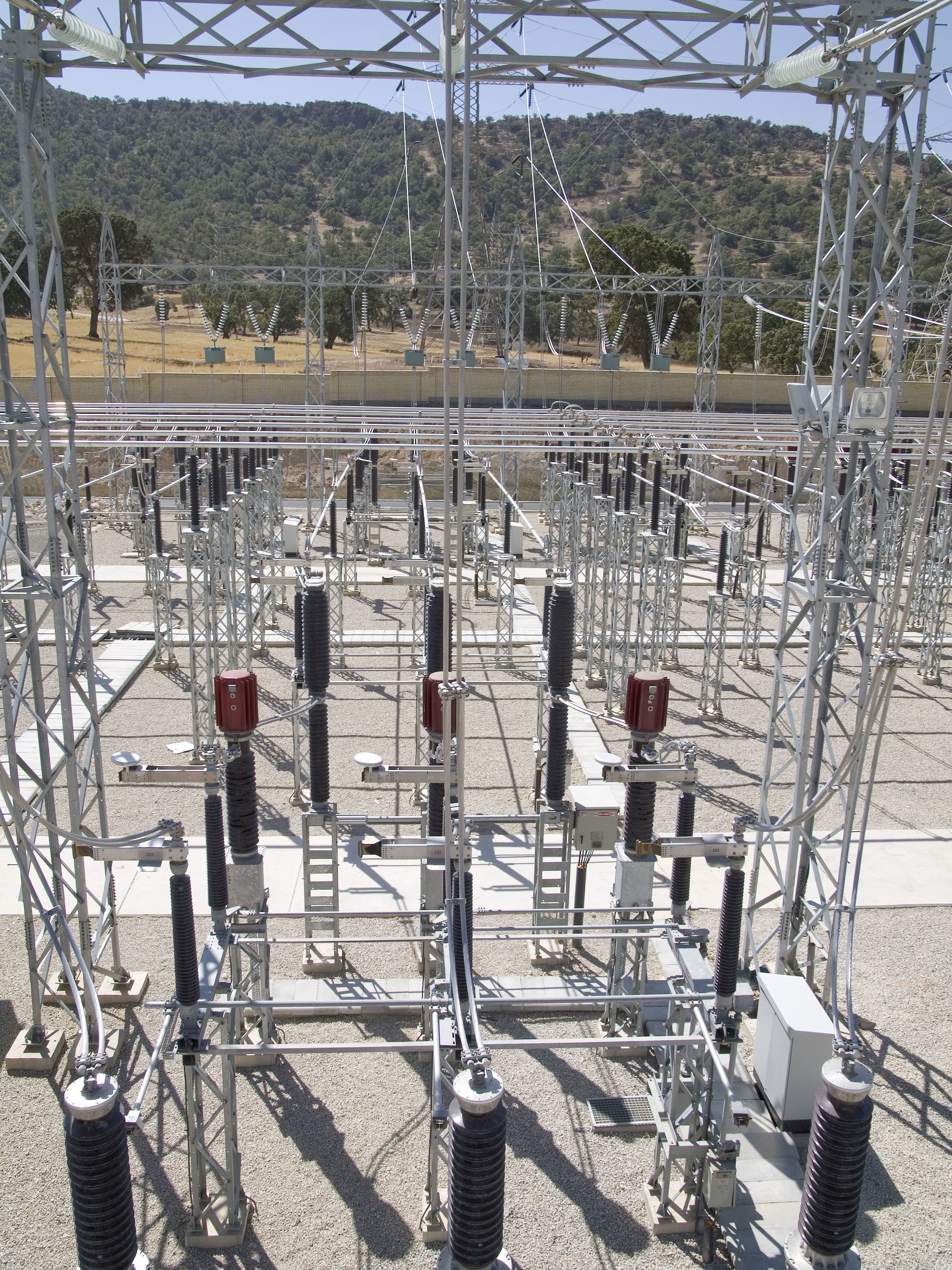
STAGE 1: SUBSTATION BASIC DESIGN
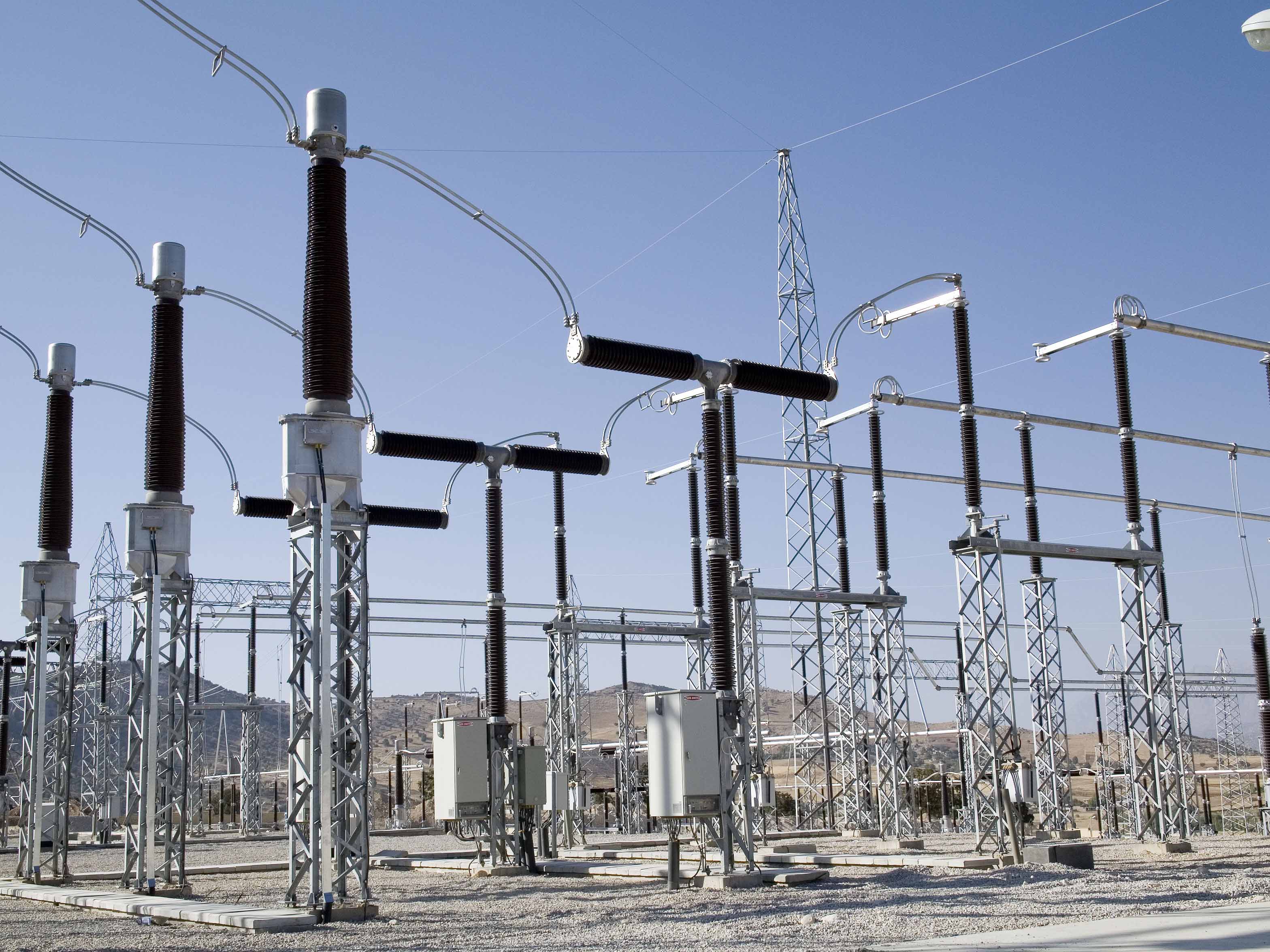
• Study of load flow in all normal & emergency states
• Calculation of short circuit current in different states
• Estimation of land coordinates and location required for the substation (layout)
• Study & selection of optimized routes for the incoming & outgoing transmission line/cable feeders of the substation
• preparing time schedule for substation design
• Setting up applicable technical regulations & standards for calculations
• Preparing & presenting a complete report to the client on engineering services for stage 1
STAGE 2: SUBSTATION DETAIL DESIGN
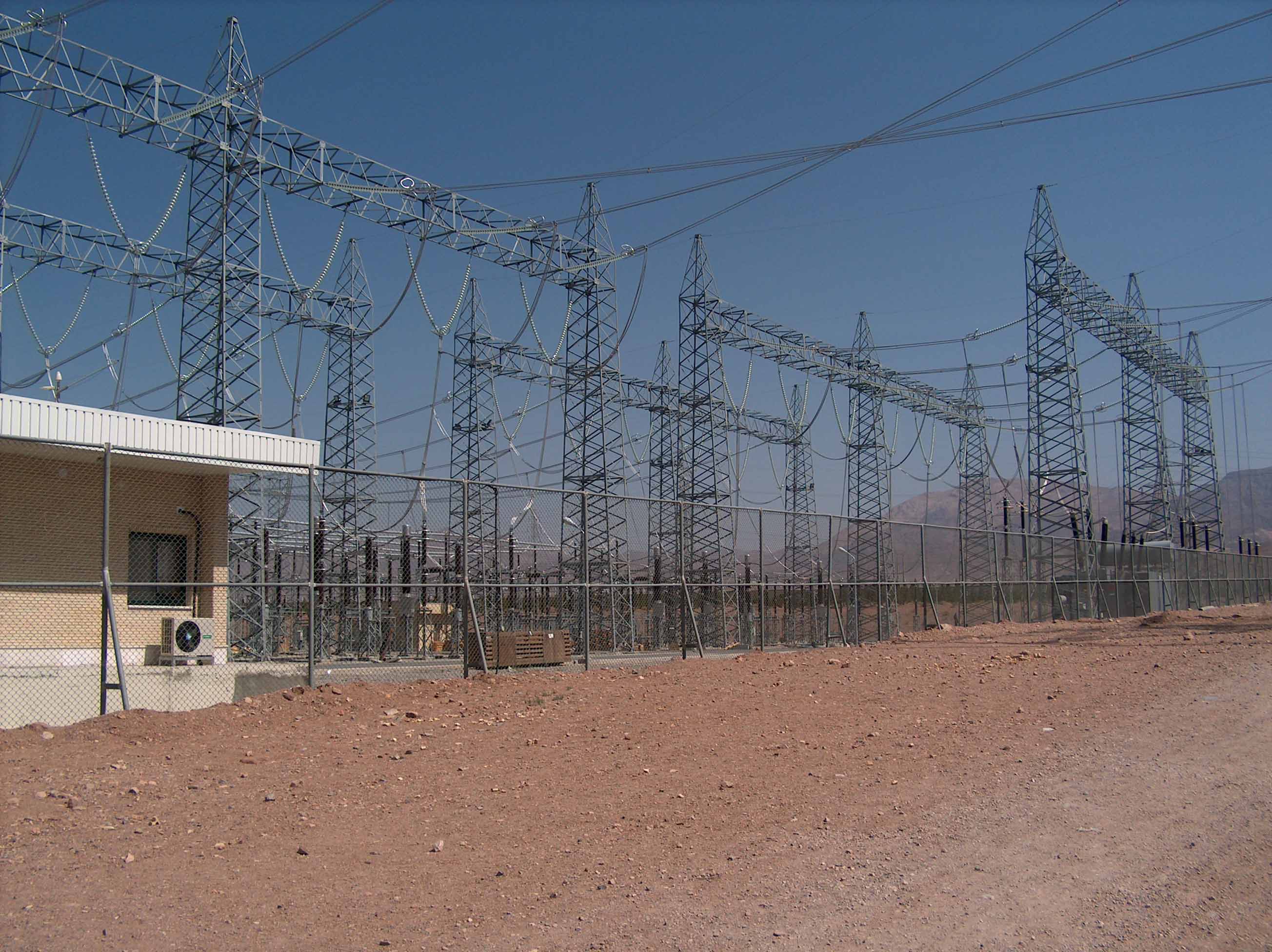
• Reviewing & updating the report prepared at stage -1 with regard to the client’s final revision
• Technical evaluation: study of reliability & flexibility; safety measures & accessibility in the operational conditions of the substation
• System design: performing required detail studies depending on the design & selection of main parameters of the substation
• Checking the accessibility of the electric power system & its connection procedure
• Insulation study, taking into account climatic condition of the substation area and maintenance conditions; study of transient voltages due to switching & lightening ; study of insulation coordination level & determination of protection equipment characteristics ( arrestors & arcing horns) & grounding system study
• selection of type/number of insulators taking into account climatic conditions, pollution , creepage distances , transient voltages & allowed air gaps
• Studies of load flow, short circuit current at normal & emergency conditions , power transformers , incoming & outgoing transmission lines capacity estimation, design current/voltage selection, and equipment selection
• Protection coordination study and evaluation
• Equipment sizing taking into account design parameters e.g. wind speed, earth quake factors, ice thickness and short circuit level
• Steel structures design taking into account design parameters e.g. max/min/mean values of temperature , relative/total humidity , level/type of pollution , ice thickness, earth quake factors, short circuit level , type of steel and galvanization.
Substation design:
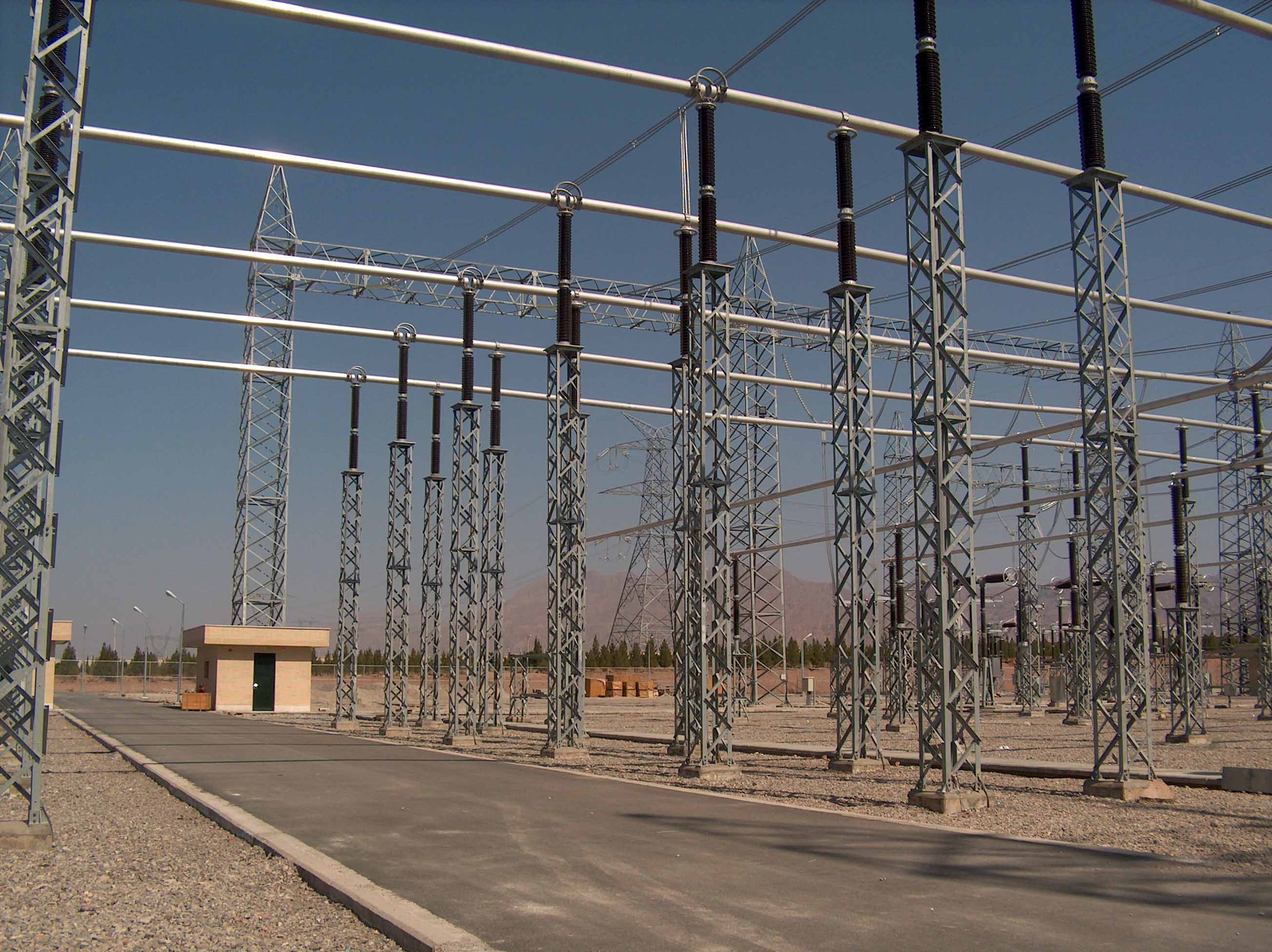
• Designing & determining connection procedure of either transmission lines to substation gantries or underground cables to substation equipment
• Selection of bus bar Design/types ( pipe, wire & strap) , performing required studies to determine nominal current of main/secondary bus bars and cell conductors of different bays of the substation
• Substation ground system design
• Selection of types/arrangement of the equipment and gantry structures design by determining detailed electrical distances, structure and sizes
• Design and selection of lightening protection equipment for the substation
• Design and selection of auxiliary AC, D.C., stand-by power and outdoor lighting
• Designing telecommunication systems (microwave, PLC, OPGW, etc.) & SCADA system
• Designing equipment configuration e.g. bus bar, incoming/outgoing transmission lines and compensation equipments
• Protection system configuration design including control & interlock details
Equipment technical specification and equipment list preparation:
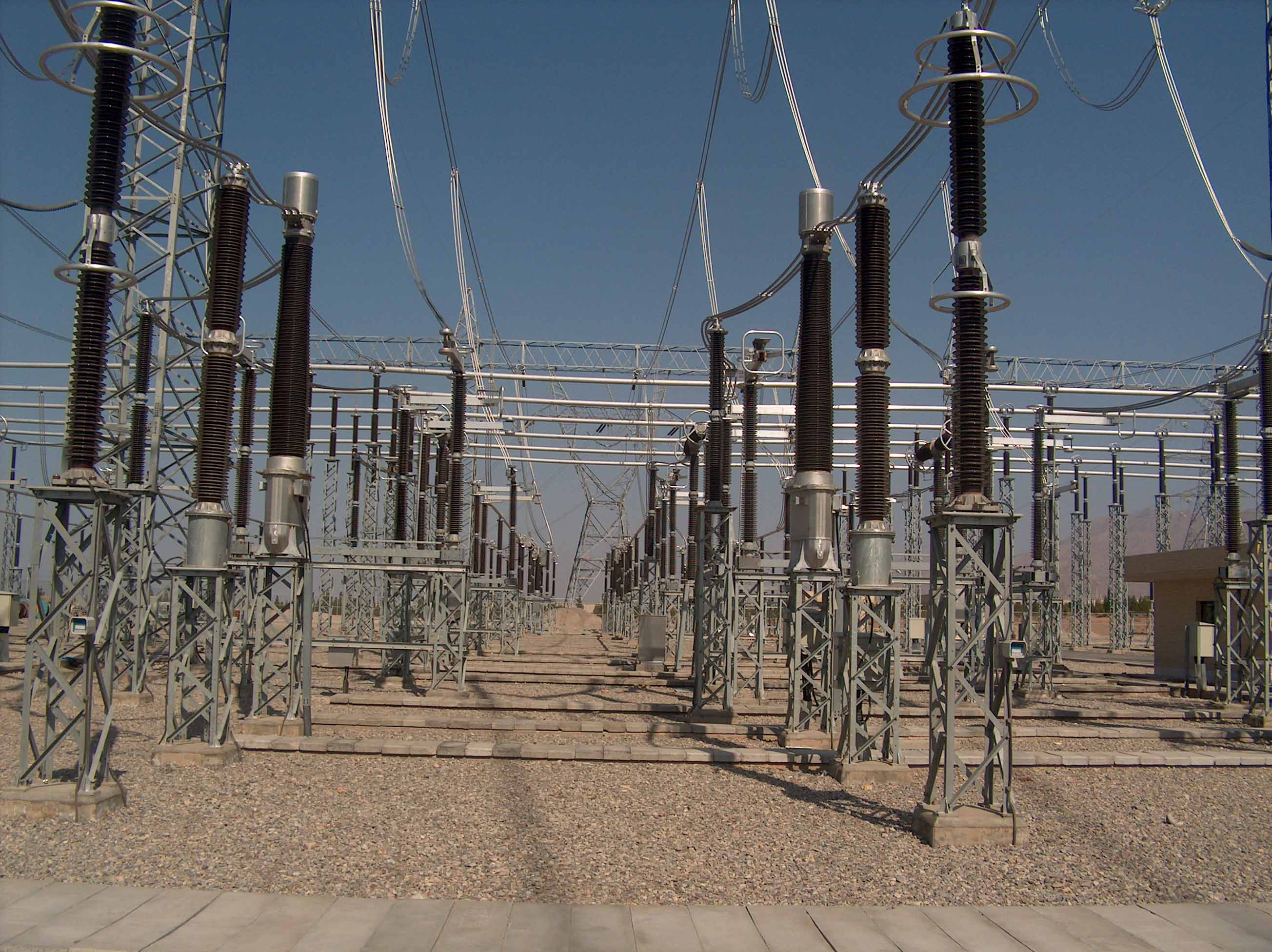
• Specifying nominal/max voltages, nominal current and frequency
• Specifying rated short time currents capability for each voltage class
• Specifying voltage capability considering the lightning surge, switching, or industrial frequency for different voltage classes
• Specifying the creepage distance of equipments insulator
• Selection of power switches based on switching strength , types of switch (gas/oil/vacuum), arc-extinguishing medium, switching mechanism & operating cycle
• Selection of power, neutral & incoming main transformers, according to ( capacity, voltage level, voltage transformation ratio, numbers/phase of windings, vector group, impedance, cooling system, type of tap changer, fire extinguishing system, protection system, etc.
• Selection of compensators according to capacity, voltage & connection arrangement( series or parallel),etc.
• Selection of types of circuit breaker according to arms opening mechanism (horizontal, perpendicular & pantograph) etc.
• Selection of types of current transformer according to number of cores, transformation ratio, insulation class, accuracy class, apparent power, etc.
• Selection of voltage transformers according to types (capacitive/inductive) ,capacity, number of secondary windings, transformation ratio, accuracy class , apparent power, etc.
- Selecting type of arrester, according to nominal voltage, discharge current rate,& protection level, etc.
- Selection of insulators according to type(ordinary, plate, column or bar), material, electrical/mechanical specifications
- Selection of control system & lines protection relays, transformers, bus bars, etc.
- Preparing technical specifications of substation auxiliaries (auxiliary transformer, diesel generator, turbine generator and utility connection)
- preparing technical specification of DC current system including capacity of each battery cell and chargers
- Preparing technical specification of ground system of substation
- Preparing technical specification of power cables ( HV,MV and LV), control cables and relevant the accessories
- Preparing technical. specification of equipment support structures, gantries and galvanization
- Preparing technical specification of conductor (pipe, wire or strap) and fittings
- Preparing technical specification of line trap, telecommunication system and SCADA system
- Preparing technical specification of protection & control panel boards, DC/AC boards and other auxiliary board
Detail drawings Preparation:
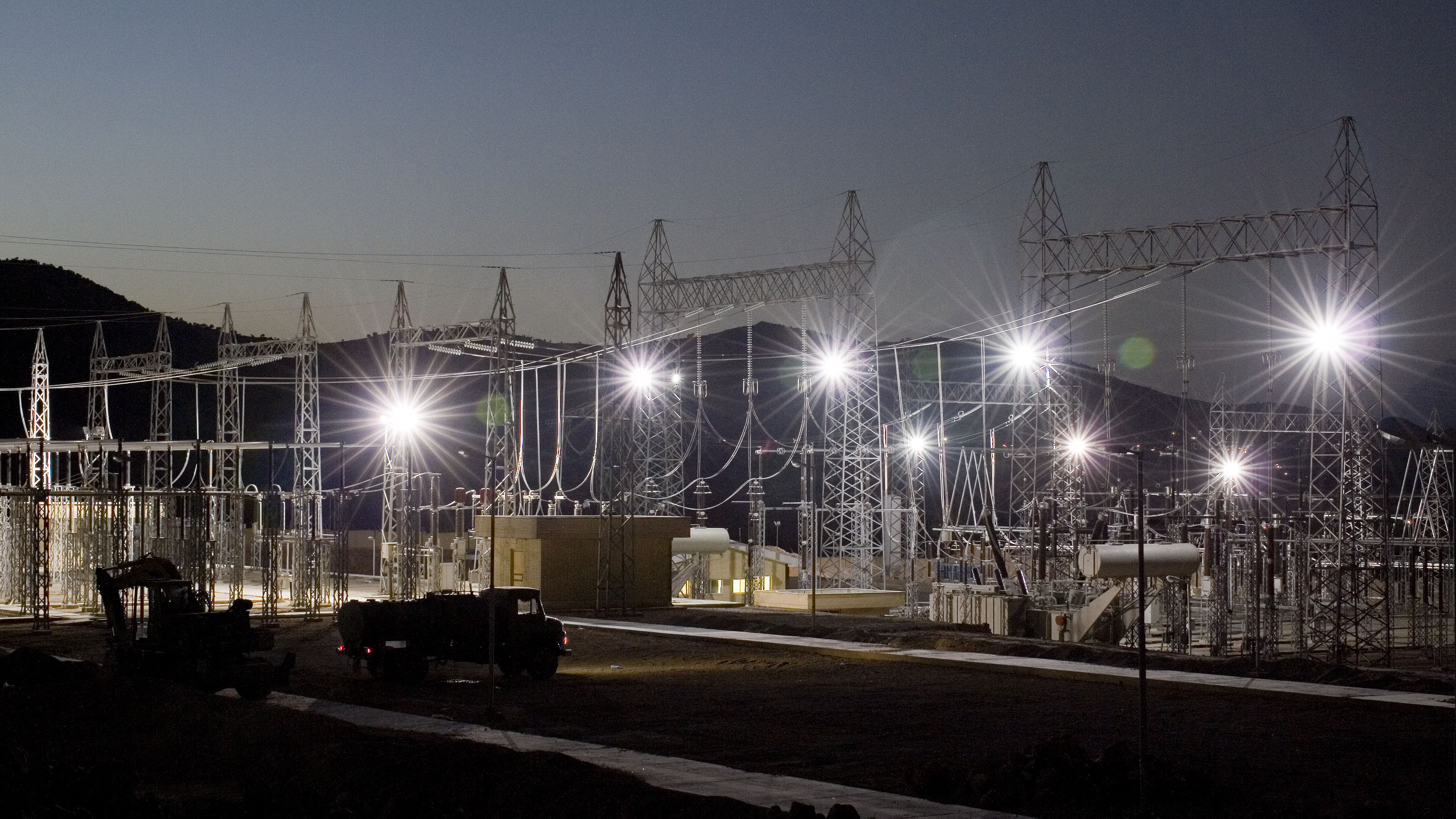
- Substation single line Diagram including: bus bar ratings, main HV equipment, such as: power switches , circuit breakers, current & voltage transformers, arrestors, line traps, incoming & outgoing lines and
- Substation general plan, layout & connection arrangement of main equipments, substation buildings (control & protection room , offices, etc )
- Installation drawings of all equipment specifying their distances and clearances, taking into account future expansions
- Cross sectional drawings of bus bars, lines foundations specifying the location and clearances between equipments
- Detailed block protection system diagram of bus bars, lines feeders and transformers
- Detailed block measurement system diagram of bus bars, line feeders and transformers
- Mimic, control and signal diagrams
- Single line diagrams of LV (AC & DC) and indoor equipment layout including diesel building
- Preparation of grounding layouts, outdoor/indoor lighting layouts & substation building layouts
- Preparing & presenting the reports to client for the final comments & drawings approval
Substation building design and drawings preparation:
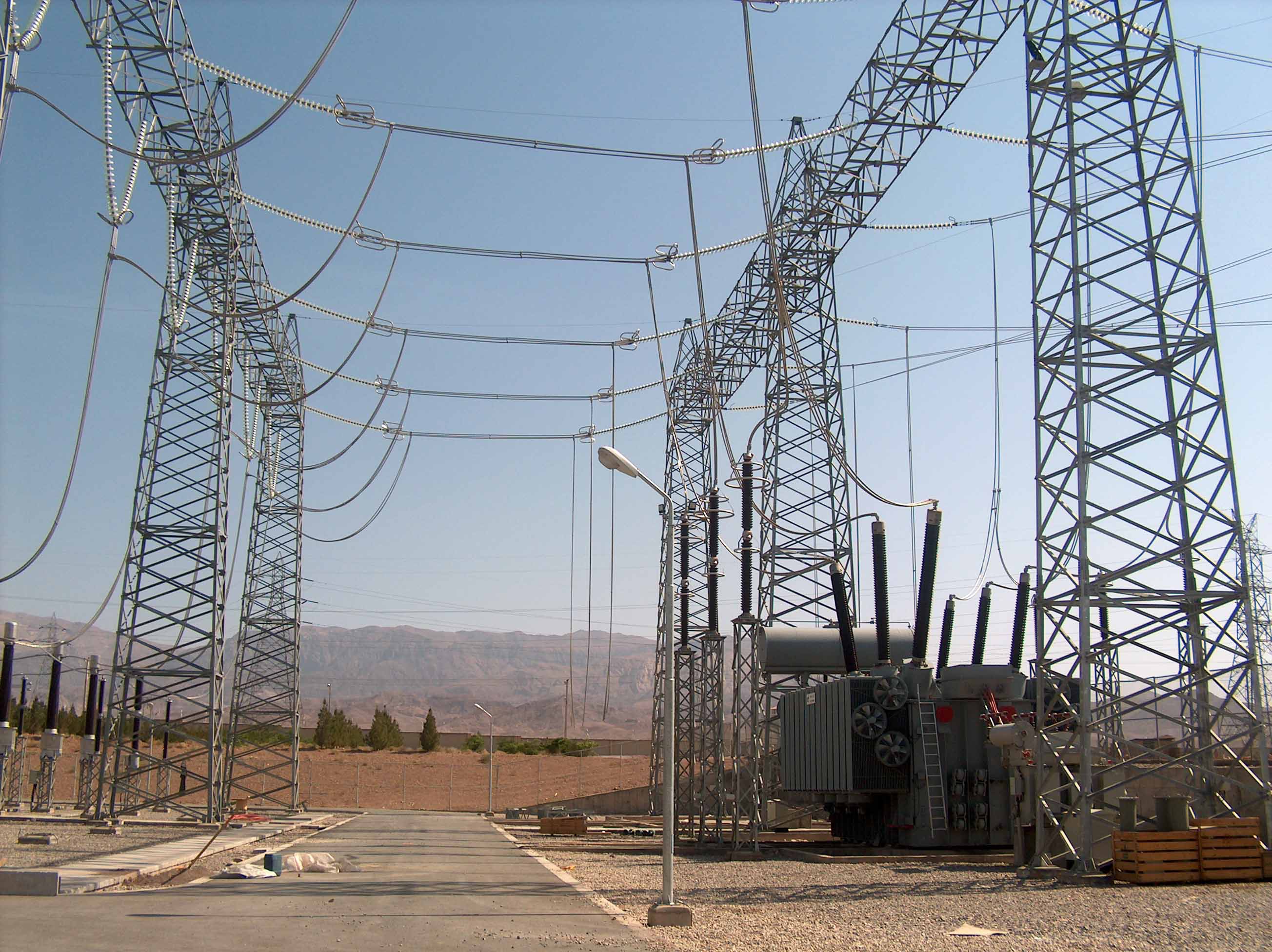
- Study & review of reports on geology, soil mechanics, earthquake risk, preparation of access road plan to substation considering weight and size of heavy equipment
- Study & preparation of roads plan around substation area considering both repair & operational accessibility
- Preparation of buildings drawings including: foundations of equipments, transformers & control buildings, fences, walls, cable trenches & other structures
- Preparation of sewage & drainage system drawings of substation
- Preparation of building, electrical and mechanical installations and structures specifications and drawings
- Preparation of Ill of Material for construct & installations works
- Preparation of time schedule for construction works
- Preparing & presenting the report to client for approval
STAGE 3:TENDER PREPARATION, BIDDING PROCESS AND SUBCONTRACTOR SELECTION FOR PROCUREMENT, BUILDING AND INSTALLATION OF SUBSTATION
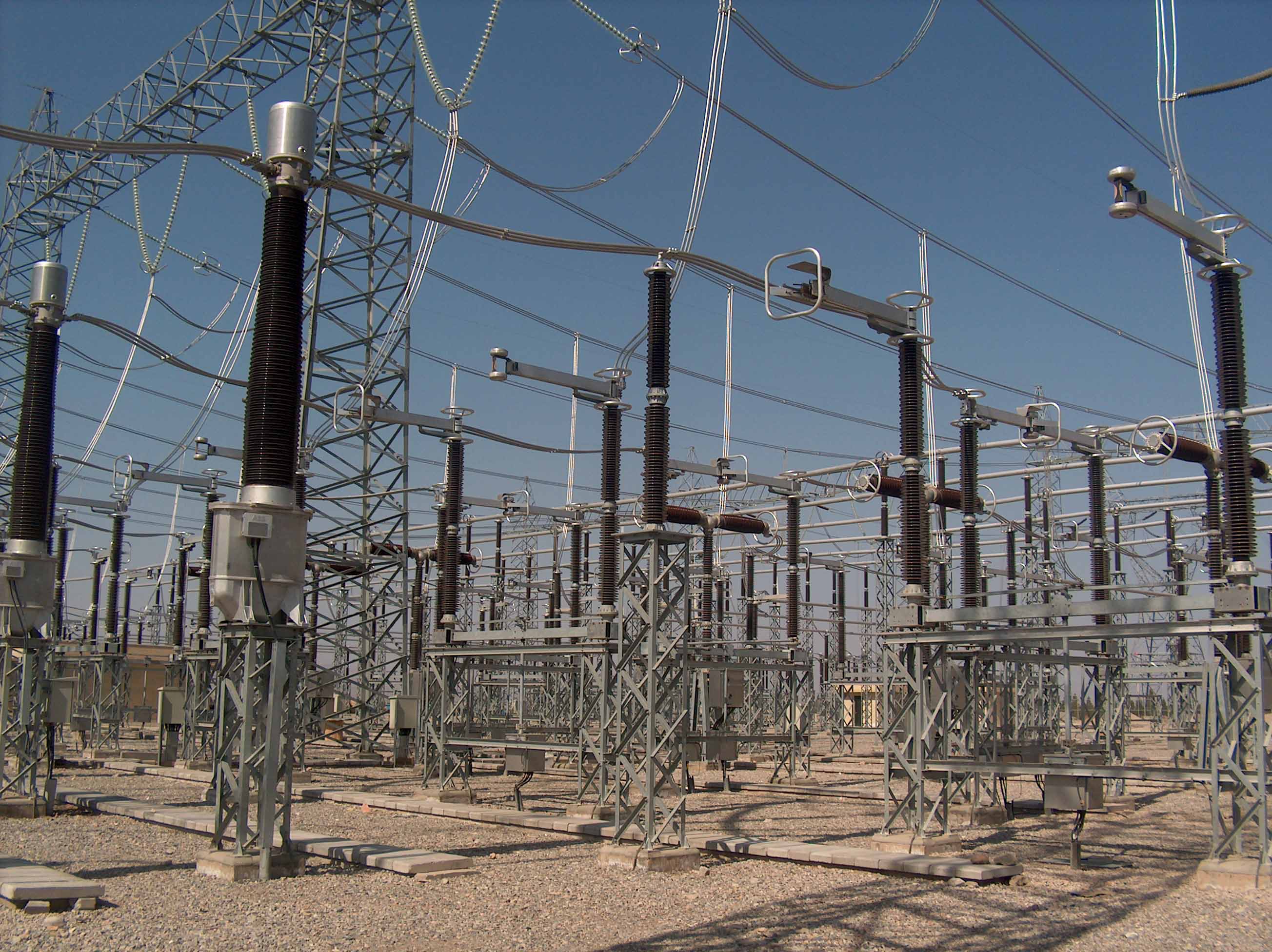
• Procurement tender preparation for substation electrical equipments
• Procurement tender preparation for power transformers, reactors, capacitors, ground transformers & incoming feeding
• Construction material and auxiliary material tender preparation
• Tender for substation installation/commissioning and telecommunication system works
STAGE 4: COMILIANCE OF DESIGN WITH CONTRACTUIAL SPECIFICATION
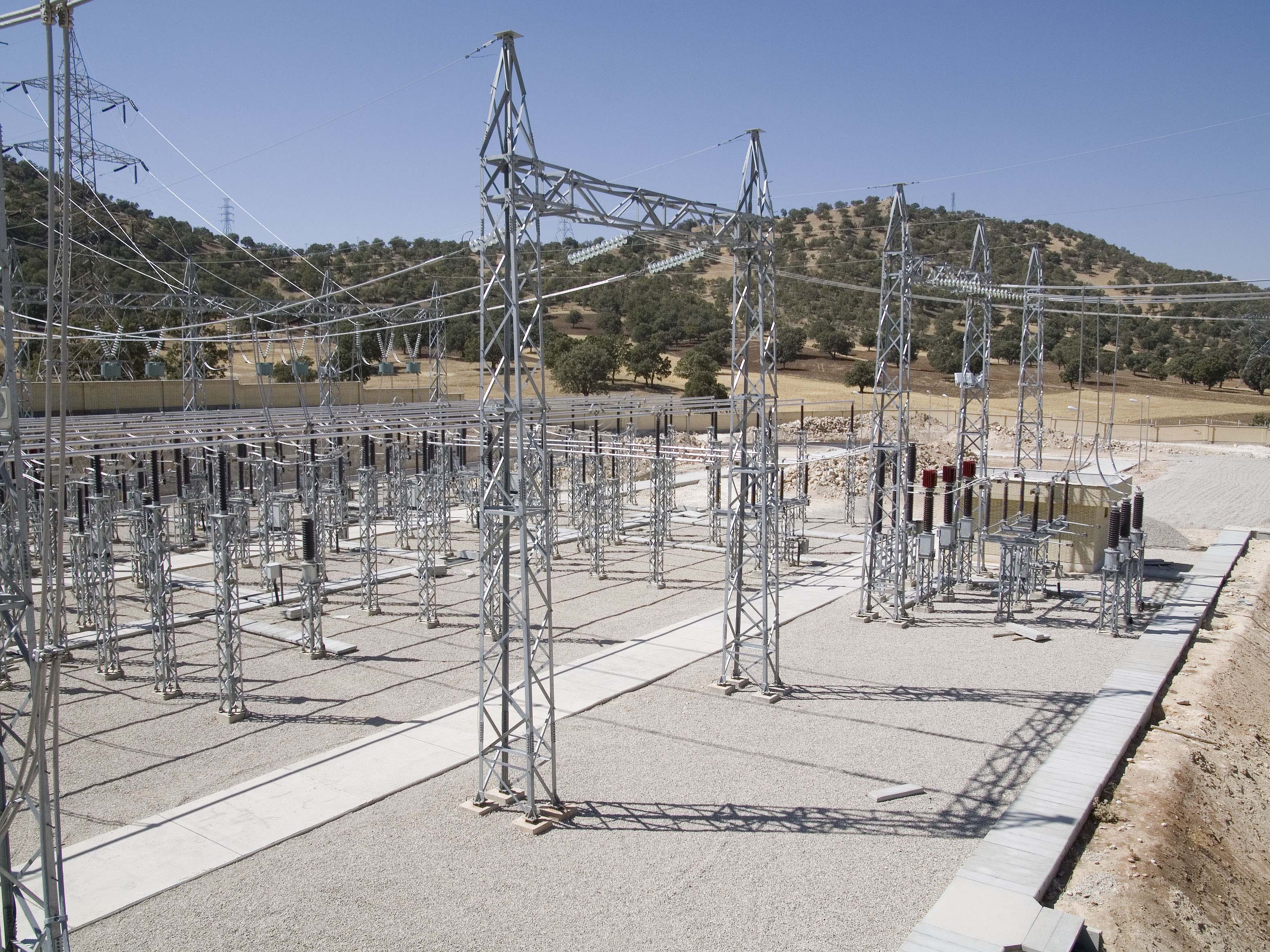
• Review and approval of as built drawings
• Reviewing compliance of manufactured equipment specification with contractual specification and client specific requirements
• Reviewing installation drawings and instructions
• Reviewing & commenting on P/I (Performa invoices) & insurance premiums submitted by contractors
STAGE 6: INSPECTION , TESTING AND SHIPMENTS OF EQUIPMENTS
Inspection & testing
• Review and approval of equipments and drawings coding format
• Review substation equipments tests & commissioning instructions
• Workshop supervision of equipment in the manufacturing process
• Supervision and inspection of equipments FAT, supervising the installation test & commissioning of equipments, according to relevant contractual specifications and international/utility standards
• Issuance of permission for shipment , after approval of the relevant tests
• Reviewing and approval of equipment shipment time schedule
• Supervision on coding procedure of equipment packing, packing quality and insurance of equipment shipment
• Reviewing safety and protection instructions for equipments storage at site